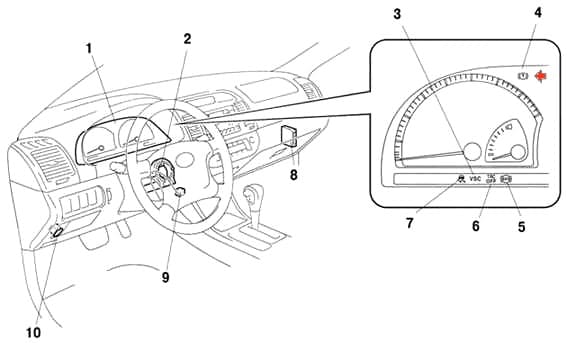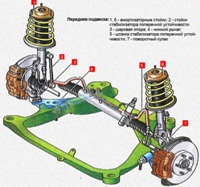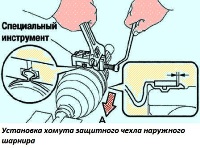Purpose of the TRC system
Based on signals from the 4-wheel speed sensors, the ECU/TRC/ABS control unit determines wheel slip
If a wheel slips, at the command of the control unit, the pressure of the brake fluid to the slipping wheel changes and the fuel supply to the engine is cut off.
This unit also reduces the throttle opening angle.
In the future, the throttle position is fixed in such a way as to provide the required engine power.
When a wheel slips, the TRC system automatically applies brake fluid pressure to it.
The system indicator lamp flashes on the instrument panel to alert the driver that the TRC system is operating.
When the TRC system is on, the driver may experience some inertia.
This phenomenon is indicative of a malfunction, as optimal traction takes precedence over other functions when the TRC system is operating.
While driving in areas where the traction coefficient changes, when downshifting or depressing the accelerator pedal fully, the TRC system may be temporarily activated.
If a malfunction occurs in the throttle control system, the ECU/TRC is inoperative.
At this moment, only the ABS control system works.
The purpose of the ECU system

In addition to the operation of the ABS/TRC systems, the ECU (fig. 1) senses steering and brake force through the steering angle sensor and pressure sensor.
Using information from the yaw sensor/lateral acceleration sensor (G-sensor) and wheel speed sensors, the ECU evaluates driving behavior and improves stability by adjusting four-wheel brake force and engine power output.











